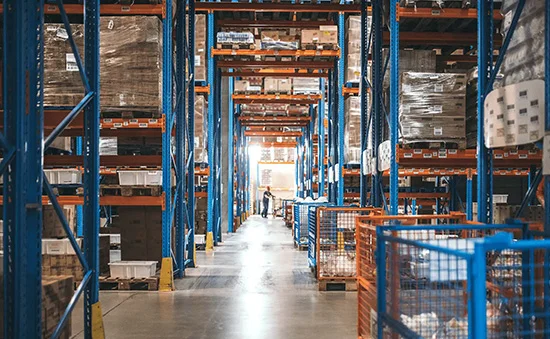Public transportation has become an integral part of modern society, offering a convenient and cost-effective way to travel. However, like any mode of transportation, it comes with its own set of advantages and disadvantages. In this blog post, we will explore the various aspects of traveling by public transport and weigh its pros and cons.
- Accessibility and Convenience:
Advantages:
Public transportation systems are designed to serve a wide range of destinations, making them easily accessible to a large number of people. They provide a convenient way to travel, especially in urban areas where traffic congestion and parking can be major challenges. Additionally, public transport networks often operate on fixed schedules, allowing passengers to plan their journeys in advance.
Disadvantages:
While public transportation is generally accessible, it may not always be convenient for everyone. Limited routes and schedules can restrict flexibility, particularly in rural or remote areas. Delays and overcrowding during peak hours can also lead to inconvenience and discomfort for passengers.
- Cost-effectiveness:
Advantages:
One of the most significant advantages of public transport is its cost-effectiveness. Compared to private vehicles, using public transportation can save individuals a substantial amount of money on fuel, parking fees, and vehicle maintenance. Many cities also offer discounted fares for students, senior citizens, and frequent travelers, making it an affordable option for a wide range of individuals.
Disadvantages:
While public transport fares are generally lower than the cost of driving a private vehicle, they can still add up, especially for daily commuters. In some cases, the cost of multiple tickets or passes may exceed the expenses associated with owning a car, particularly for families or individuals living in areas with limited public transport options.
- Environmental Impact:
Advantages:
Public transportation plays a crucial role in reducing carbon emissions and combating climate change. By encouraging more people to use shared modes of transport, it helps decrease the number of private vehicles on the road, leading to lower air pollution and greenhouse gas emissions. Additionally, public transport systems often adopt cleaner and more sustainable technologies, such as electric buses or trains, further reducing their environmental impact.
Disadvantages:
While public transportation is generally considered environmentally friendly, it is not entirely without drawbacks. The construction and maintenance of public transport infrastructure can have short-term environmental impacts, such as land disruption and energy consumption. Additionally, overcrowded public transport vehicles may lead to increased noise pollution and discomfort for passengers.
- Health and Safety:
Advantages:
Public transportation promotes a healthier lifestyle by encouraging physical activity. Walking or cycling to and from transit stops can contribute to increased daily exercise, benefiting individuals' overall well-being. Moreover, public transport systems are subject to strict safety regulations, ensuring passenger safety during travel.
Disadvantages:
Public transport can also pose health and safety concerns. During peak hours, overcrowding may increase the risk of the spread of infectious diseases. Additionally, some passengers may experience discomfort or anxiety due to the lack of personal space or potential encounters with unruly individuals. However, these concerns can be mitigated through proper planning and adherence to safety guidelines.
Conclusion:
Traveling by public transport offers numerous advantages, including accessibility, cost-effectiveness, environmental benefits, and improved health. However, it also has its disadvantages, such as limited flexibility, potential inconvenience, and health and safety concerns. By considering these pros and cons, individuals can make informed decisions about whether to utilize public transportation for their travel needs. Embracing public transport as a viable option can contribute to a more sustainable and efficient transportation system for all.


